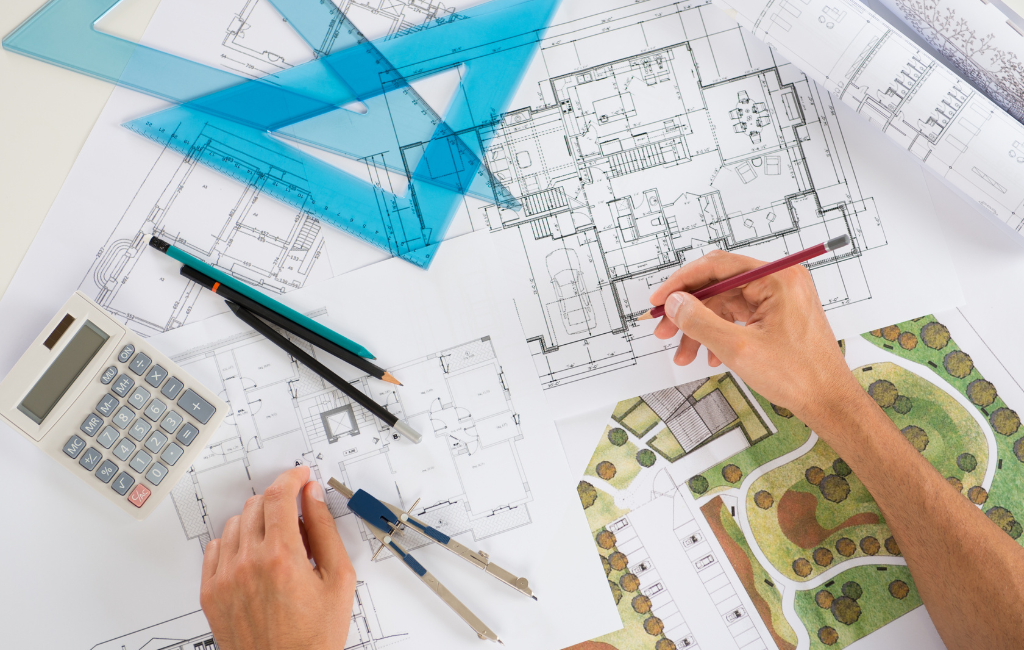Architect Innovations for Urban Spaces
Urban spaces are evolving rapidly, driven by the need for sustainable living, efficient use of resources, and enhanced quality of life. Architects are at the forefront of this transformation, introducing innovative designs and technologies that redefine how we interact with our urban environments. This article explores some of the most groundbreaking architectural innovations shaping modern cities.
Green Buildings and Sustainable Design
One of the most significant trends in urban architecture is the emphasis on sustainability. Green buildings are designed to minimize environmental impact through energy efficiency, use of sustainable materials, and integration with natural ecosystems.
Energy-Efficient Structures
Energy efficiency is a cornerstone of sustainable design. Modern buildings incorporate advanced insulation, energy-efficient windows, and smart HVAC systems to reduce energy consumption. For instance, the Edge building in Amsterdam is known for its energy-efficient design, utilizing solar panels and a smart energy management system to achieve near-zero energy consumption.
Use of Sustainable Materials
Architects are increasingly turning to sustainable materials such as bamboo, recycled steel, and reclaimed wood. These materials not only reduce the carbon footprint but also add a unique aesthetic to the buildings. The Bullitt Center in Seattle is a prime example, constructed using locally sourced and sustainable materials.
Integration with Natural Ecosystems
Incorporating natural elements into urban design enhances the well-being of residents and promotes biodiversity. Vertical gardens, green roofs, and urban forests are becoming common features in modern cities. Bosco Verticale in Milan, with its lush vertical gardens, exemplifies this trend, providing a habitat for various plant and animal species.
Smart Cities and Technological Integration
The advent of smart technology is revolutionizing urban spaces. Smart cities leverage data and technology to improve infrastructure, enhance public services, and create more efficient and livable environments.
Internet of Things (IoT) in Urban Planning
IoT devices are being integrated into urban infrastructure to monitor and manage resources efficiently. Smart streetlights, waste management systems, and traffic control are just a few examples. Barcelona’s smart city initiative has successfully implemented IoT solutions to reduce energy consumption and improve public services.
Automated and Connected Buildings
Automation and connectivity are transforming how buildings operate. Smart buildings use sensors and AI to optimize lighting, heating, and security systems. The Edge in Amsterdam is a leading example, with its fully automated and connected office spaces that enhance productivity and reduce operational costs.
Data-Driven Urban Planning
Data analytics play a crucial role in modern urban planning. By analyzing data on traffic patterns, energy usage, and population density, cities can make informed decisions to improve infrastructure and services. Singapore’s Smart Nation initiative uses data analytics to enhance urban planning and public services.
Adaptive Reuse and Urban Regeneration
Adaptive reuse involves repurposing old buildings for new uses, preserving historical architecture while meeting modern needs. Urban regeneration focuses on revitalizing neglected areas to create vibrant communities.
Repurposing Historical Buildings
Repurposing historical buildings preserves cultural heritage and reduces the environmental impact of new construction. The Tate Modern in London, a former power station transformed into an art museum, is a notable example of adaptive reuse.
Revitalizing Neglected Areas
Urban regeneration projects breathe new life into neglected areas, creating opportunities for economic growth and community development. The High Line in New York City, a former railway line converted into a public park, has spurred significant economic and social benefits for the surrounding neighborhoods.
Mixed-Use Developments
Mixed-use developments combine residential, commercial, and recreational spaces, promoting a sense of community and reducing the need for long commutes. The Marina Bay Sands in Singapore is a prime example, offering a blend of luxury residences, offices, and entertainment options.
Innovative Public Spaces
Public spaces are essential for social interaction and community building. Innovative designs are transforming public spaces into multifunctional areas that cater to diverse needs.
Multifunctional Urban Parks
Urban parks are being designed to serve multiple purposes, from recreation to environmental conservation. The Parkroyal on Pickering in Singapore features a hotel with extensive green spaces, providing a unique blend of nature and urban living.
Interactive Public Art
Public art installations are becoming more interactive, engaging residents and visitors in unique ways. The Cloud Gate in Chicago, also known as “The Bean,” is a popular interactive sculpture that encourages public interaction and has become an iconic landmark.
Community-Centric Design
Designing public spaces with the community in mind fosters social cohesion and inclusivity. The Superkilen park in Copenhagen is designed to reflect the diverse cultures of the local community, featuring elements from around the world.
Conclusion
Architectural innovations are transforming urban spaces, making them more sustainable, efficient, and livable. From green buildings and smart cities to adaptive reuse and innovative public spaces, architects are redefining the urban experience. These innovations not only address the challenges of modern urbanization but also create opportunities for a more connected and harmonious urban future.
